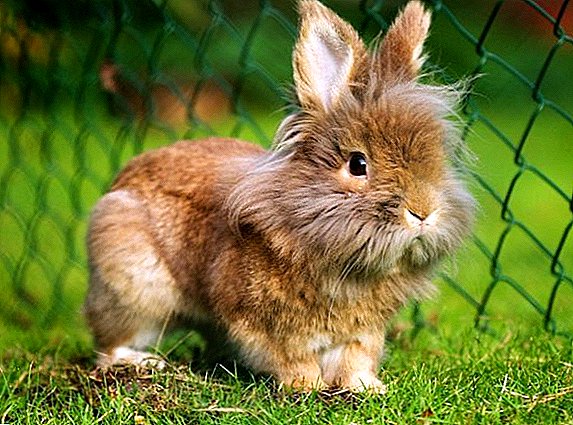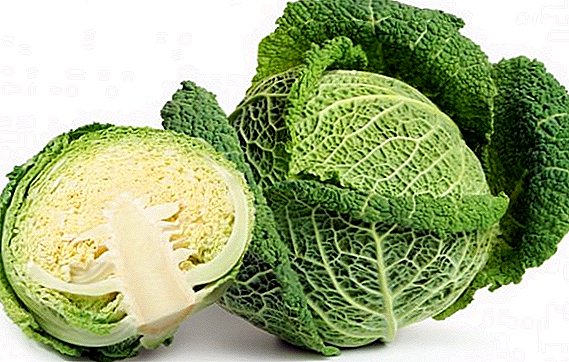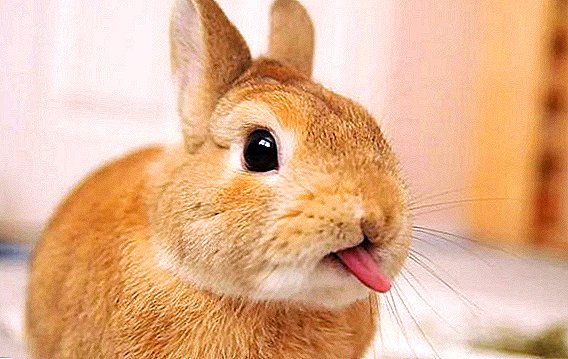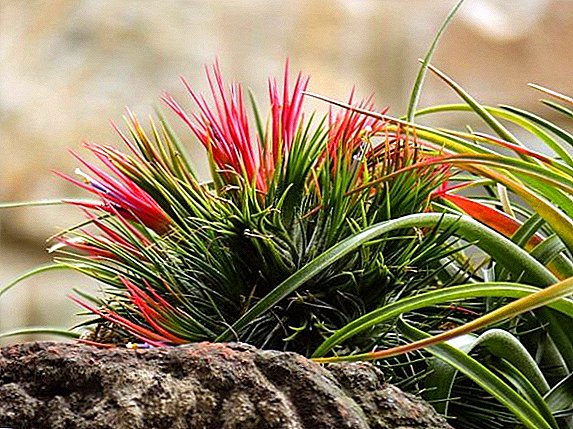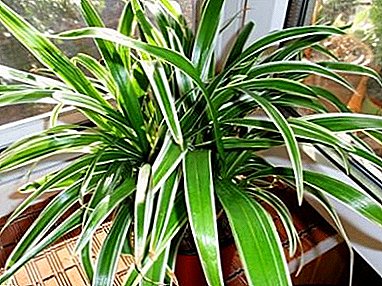 Plumeria tree belongs to the family Kutrovye, grows on the tropical islands of the Pacific Ocean. Plumeria flowers exude a sweet fragrance that has notes of citrus, jasmine and gardenia. Today we will learn how to grow to care for plumeria at home.
Plumeria tree belongs to the family Kutrovye, grows on the tropical islands of the Pacific Ocean. Plumeria flowers exude a sweet fragrance that has notes of citrus, jasmine and gardenia. Today we will learn how to grow to care for plumeria at home.
Create ideal conditions for plumeria in the house
The first thing to take care of after buying a tree is the optimal conditions on which growth, development and the general condition of the plant directly depend.
Lighting
Unlike most colors, plumeria room perfectly tolerates direct sunlight. The plant is so fond of light that it can be moved to a sunny place and left for 5-6 hours.
Important! After buying a flower, you need a few days to adapt, therefore, as long as plumeria will get used to new conditions, it is not recommended to place it on the sunny side.If you want to achieve flowering, then plumeria should be placed only on the south side. Even in the midday hours, this plant does not require shading, so you can not worry about sunburn. When placing a flower on the western or eastern side, make sure that the plant receives a sufficient amount of light, otherwise the flowering will be very rare and not so abundant.
Did you know? Extracts from plumeria oil are widely used in cosmetology and have anti-inflammatory, antioxidant and regenerating effects on the skin.

Answering the question why plumeria does not bloom, it is worth saying that when the plant is placed on the north side or far from the window, it completely stops blooming, as it considers that there are no suitable conditions for flowering.
Temperature
The temperature should worry only if you live in the northern regions. Home plumeria feels good at standard room temperature + 17-25 ° C. In summer, the plant can be taken out into the street, but a quiet place should be chosen, since plumeria suffers greatly from drafts.
Home Care Tips
Having dealt with the main conditions of the tree, let's talk about how to grow plumeria and what the plant needs for flowering.
Monstera, tradescania, dracaena, yucca, rubber plant, indoor boxwood, zamiokulkas, coleus, sansevieria, asparagus, benjamina ficus, room euonymus will help to create home coziness.
Watering
Plumeria need to be watered regularly to create tropical conditions. It is worth remembering that the plant does not tolerate strong drying out of the soil or excessive moisture, so watering should be regular, but not very abundant.
Water it so that the soil is wet and the pan dry. In summer, the plumeria is watered more often, but with smaller volumes of water. In winter, the amount of watering is reduced, keeping the soil moist.
Air humidity
Plumeria in the process of growing requires high humidity, which is achieved by spraying leaves from a spray bottle. It is necessary to spray in the morning and in the evening so that the sun's rays will not scorch the leaves of the tree.

Important! As soon as the plumeria begins to bloom, spraying from a spray bottle is replaced with another type of moisture (placed in a basin with moist moss or expanded clay), since the flowers do not tolerate moisture ingress.
Top dressing
The plant is in need of additional feeding, since even the most nutritious soil is depleted over time. You can fertilize a tree in two ways: embedding the top dressing in the ground or watering with the addition of the necessary fertilizers. Feed the plumeria begin after a period of rest.
As soon as the first leaves start to appear on the plant, feed it with complex fertilizers for flowers. After the tree has gathered a green mass, begin to make phosphorus-containing fertilizers for flowering plants. Top dressings are made every two weeks.
Important! Carefully monitor the amount of nitrogen in the fertilizer, since its excess may adversely affect flowering.In the fall, the number of dressings is reduced, and in the winter it is not necessary to apply any fertilizers.
Pruning
Plumeria requires pruning after a period of rest. First, you have the opportunity to form the desired crown, and secondly, remove all dry, diseased and damaged branches. Pruning directly affects flowering, as the tree will not waste power on weak shoots. Therefore, to abandon this procedure is not worth it.

As soon as new leaves begin to appear on the plumeria, we cut off all the culled shoots into healthy tissue. Believe me, you will not harm the plant, even if you cut off half of the above-ground part. However, to get involved with pruning healthy shoots are not worth it, otherwise plumeria will start to hurt.
Features care in a dormant period
Plumeria in winter falls into a kind of "hibernation", which, depending on the species, lasts from three to six weeks. The plant sheds some of the old leaves, leaving a certain amount of greenery. At this time, as stated above, fertilizing is not carried out, and the plant should be watered only occasionally, leaving the soil slightly moist.
If you want to create an original decor for any room, you can create a florarium - a mini-greenhouse, planting in it fern, fittonia, arrowroot, dieffenbachia, calathea, croton, moss, orchid, violet, cyclamen, rhododendron, cacti, young, agave, aloe , havortiu, Kalanchoe.
Do not worry if the plumeria will be at rest for more than six weeks. Everything depends on the conditions of the plant and the plant itself, so for each tree this period is individual. It is worth remembering that at this time the plumeria do not need to be moved to a dark place or transplanted. Such actions only hurt her.
Transplant rules
Young plumeria trees require transplanting into a new pot every year, older ones every two years. There is a small problem in transplanting plants - the dependence of the size of the crown on the size of the root system. After each transplant, the root system begins to grow in a larger pot, and the crown grows in proportion to it.

And the fact is that a small tree in a dozen years can turn into a real tree, which will begin to "prop up" the ceiling in a house or apartment. To stop the growth of plumeria, it is necessary during the next transplant to simply prune the rhizome by 3-5 cm.
This should be done not earlier than in the third or fourth year, when the plant is strong and does not feel serious damage from pruning. Transplantation is carried out in early spring, after the tree leaves the state of rest.
Important! If you have grown a full-fledged tree that can not be transplanted into another pot, then simply replace the upper part of the soil.Fresh ground for plumeria consists of several parts: turfy ground, peat, humus and sand in a ratio of 2: 1: 1: 1. Before filling the ground mix, be sure to lay a drainage (clay, pebble, fine crushed stone).
Possible difficulties in growing: diseases and pests
Fortunately, only one "popular" pest hits plumeria - spider mite. A spider mite is a small spider mite that affects only plants.

It can be painted in various colors (white, green, red and mixtures of these colors). Has a size of not more than 0.6 mm, so it is quite difficult to notice the pest. The "occupation" of plumeria with a spider mite can be determined by following features:
- white dots on the leaves;
- thin web on the plant (similar to the web of "home" spider);
- leaves start to turn white.
Spider mite causes serious damage to the plant, as it feeds on the contents of the cells (sucks the juice). If the tick population increases to critical values, then plumeria will die.
Plumeria can be grown in two ways: seeds and cuttings.
Control measures:
- Rinse the aerial parts with soapy water (use soap).
- We carry out abundant watering and cover with three days of polyethylene. For a tropical plumery, such conditions are only a joy, and a tick will die from an excess of moisture.
- The use of chemicals: Apollo, Borneo, Envidor, Oberon, Fitoverm. Use them as a last resort, as any chemistry in the house, first of all, harms you and your pets.
Now let's talk about diseases. All the "diseases" that may appear in the plant - a consequence of improper care. That is, as soon as you create optimal conditions for plumeria, the problems will disappear. The growth of plumeria stopped, the leaves turned yellow and became sluggish. Such problems appear in the event that the plant lacks moisture. As soon as you start to moisten the soil in time, the tree will recover. 
Plumeria began to rot. As you might have guessed, the plant is rotting from moisture overload. If the process is not started, then it is enough to stop watering for a few days. If half of the plant is already rotting, then immediately remove the plumeria from the pot, cut off the rotten parts of the roots and the aerial parts, fill in the fresh soil and plant.
Did you know? Plumeria blooms attracts insects, but they are disappointed. They pollinate flowers in search of nectar, which is not in the plumeria flowers.
Plumeria toxicity: precautions
When pruning and transplanting plumeria into a new pot, it is worth being careful, as the plant sap is poisonous. In case of contact with mucous membranes (mouth, eyes, nose) or skin, rinse the affected area immediately with running water.
The sap of the tree causes burning, allergies and itching, so you need to put the flower in places inaccessible to children and animals.
Important! Plant sap is not so toxic as to induce vomiting, organ malfunction, or other serious problems.
Description of plumeria types
We learned how to grow plumeria, what kind of plant it is and how toxic it is. Now you are offered two common types of trees and their description.
White plumeria

According to the name of the species, this plant has a white color of flowers. A tree in nature grows to 10 m, so you should not give extra space to the root system. The leaves are linear in shape, have a length of up to 30 cm. The flowers are not large, have a diameter of 2.5 cm.
This type of plumeria grows in the Antilles, care is no different from other types of wood.
Plumeria red

A variety of plumeria that grows in Mexico and Venezuela. The above-ground part grows up to 5 meters, which is significantly less than the white variation. The leaves are egg-shaped, grow in length up to 50 cm, in width - up to 15 cm. Flower stalks are gathered in brushes, flowers have a diameter up to 5 cm. The color can be varied: from bright red to pale pink and even white.
Important! Different species may have different leaf shapes.Your collection of indoor plants can be replenished with plumeria - an ideal plant that can be placed on the south side of the room. The tree is not only an ornament, but also saturates the air with oxygen. We made sure that it is easy to care for plumeria, so a beautiful tropical tree will not take you much time.


